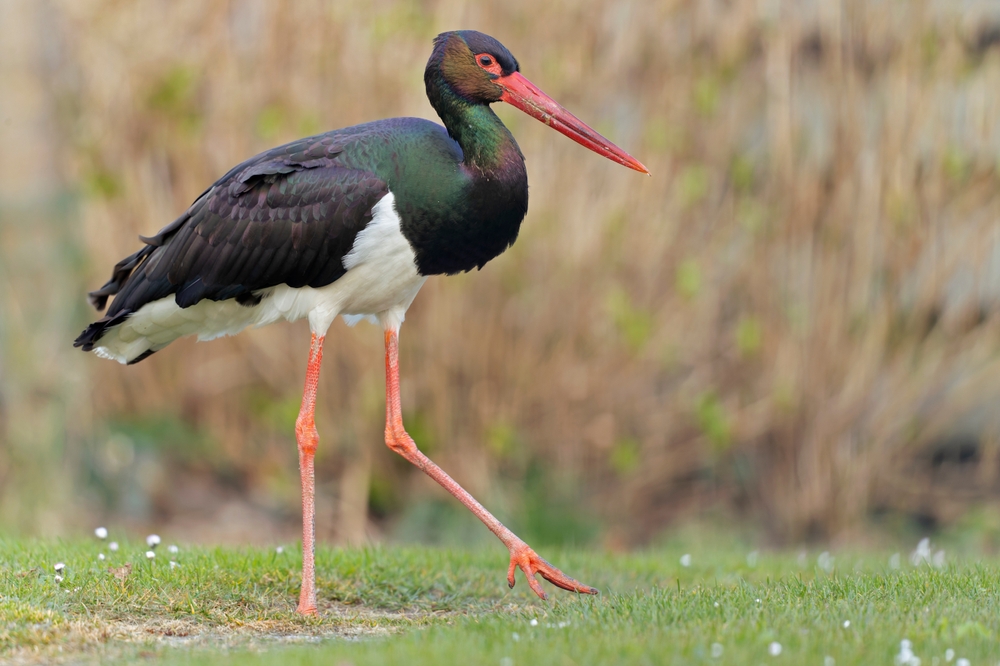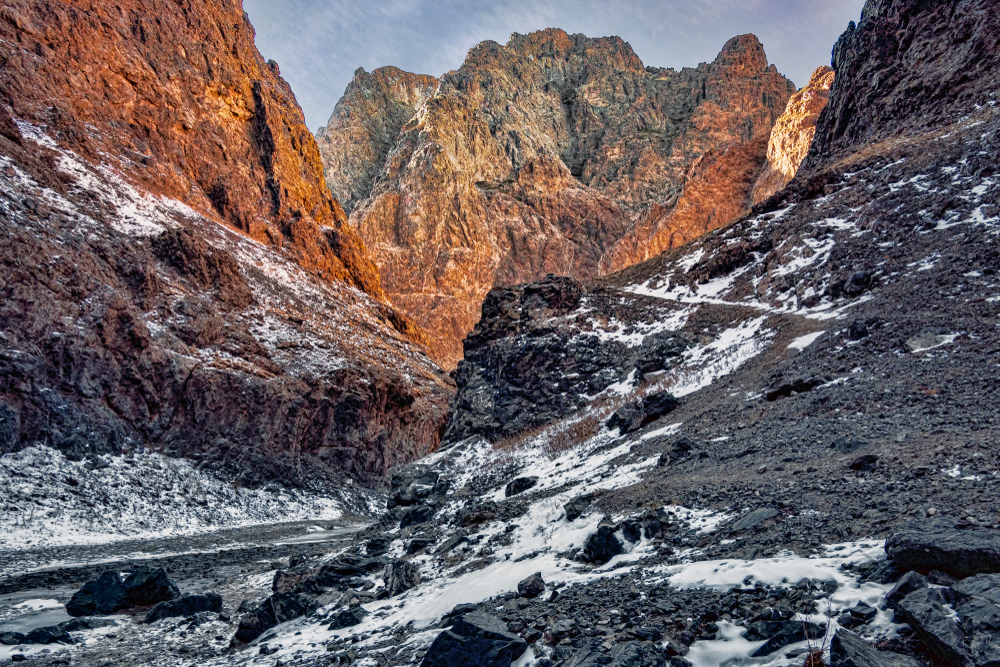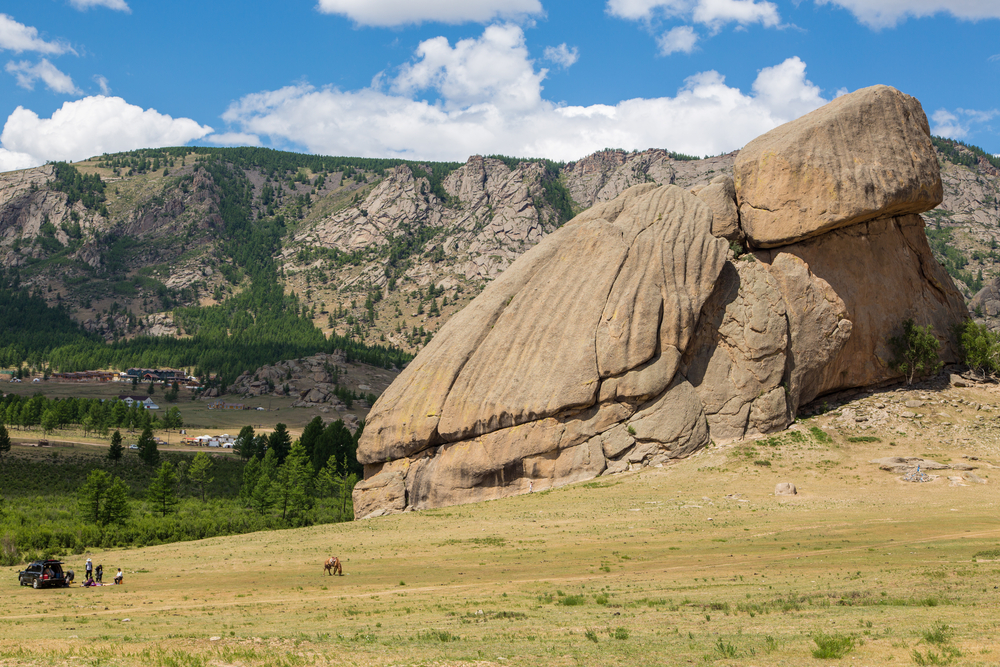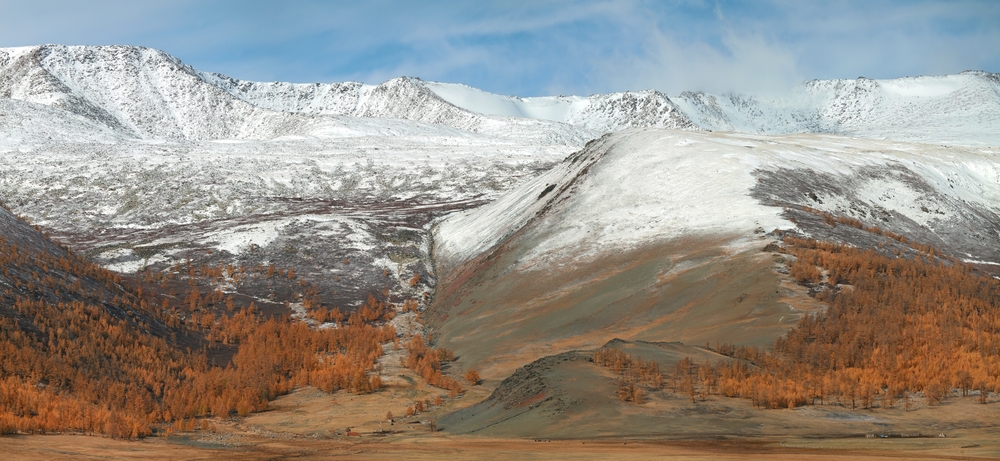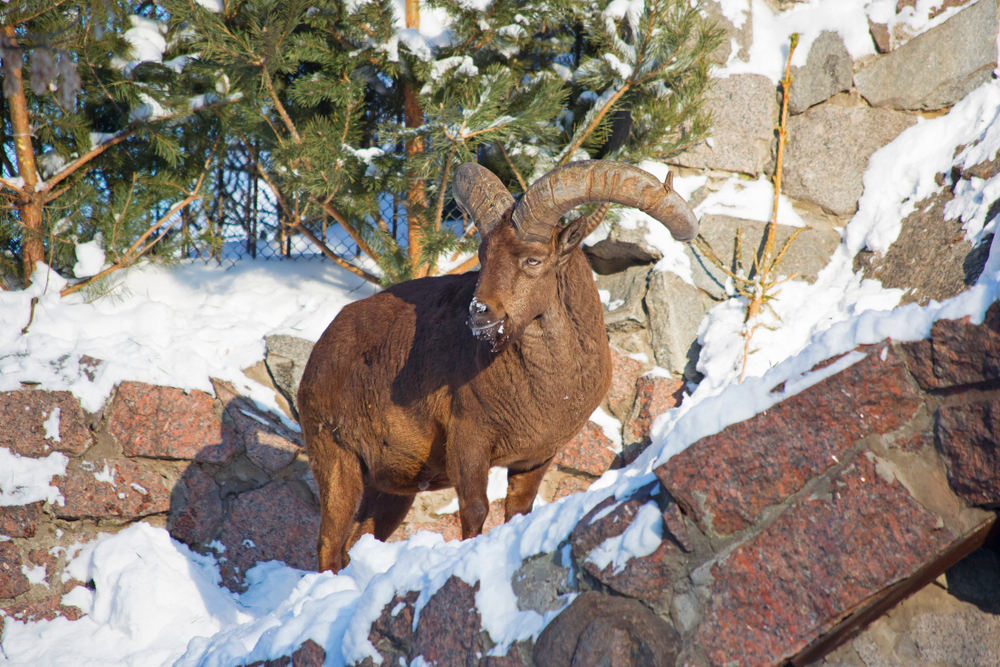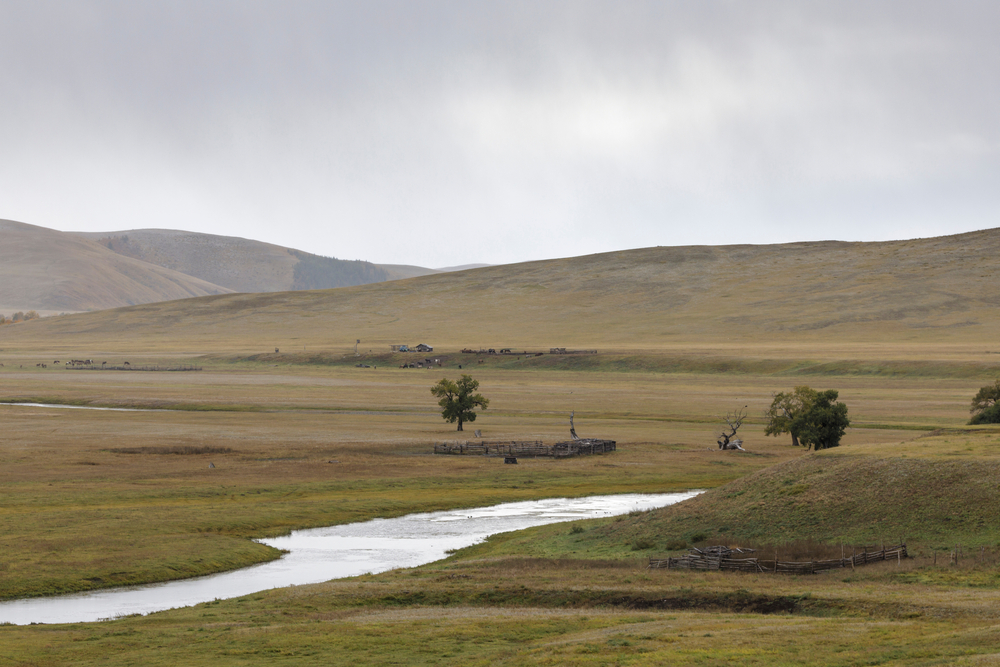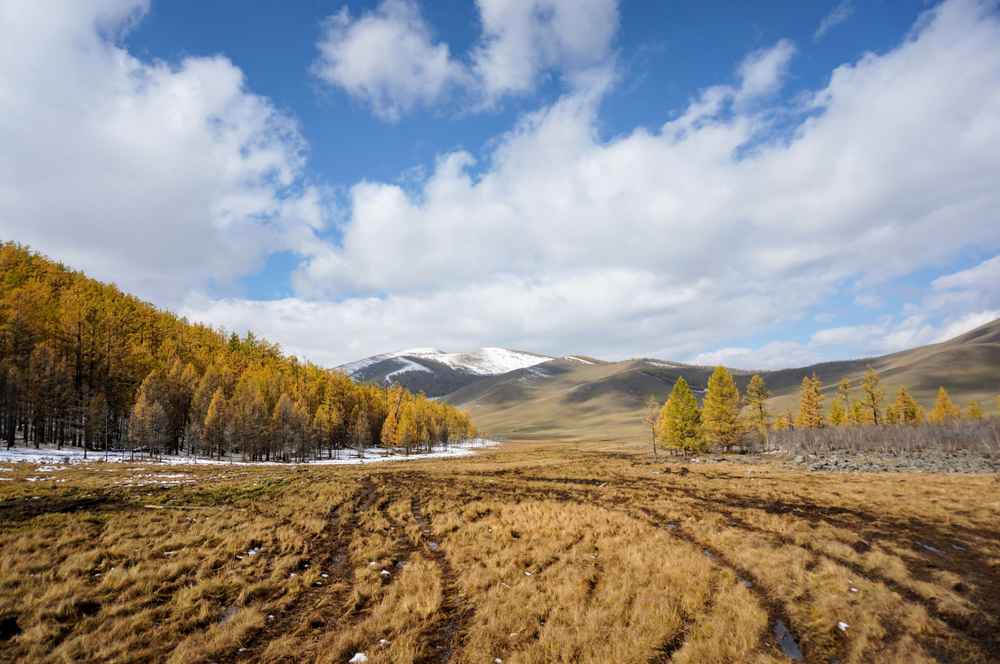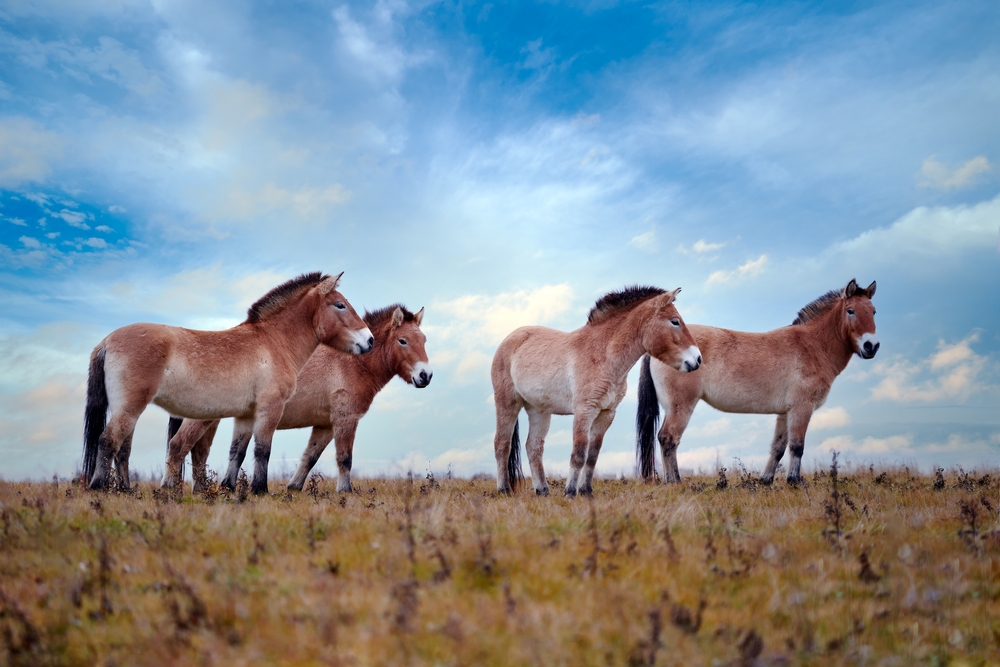Tarvagatai Nuruu Overview
Tarvagatai Nuruu National Park, locally known as Тарвагатайн нуруу, is a stunning protected area in northern Mongolia. Covering an impressive 3,225 square miles (8,351 square kilometers), the park lies in the Zavkhan Province and encompasses the northern section of the Tarvagatai Mountain Range. This expansive park is a testament to Mongolia’s rich natural heritage, showcasing a blend of rugged terrains, undisturbed forests, and alpine ecosystems.
The park’s terrain is predominantly mountainous, with peaks reaching elevations of over 9,800 feet (3,000 meters). These majestic mountains are often snow-capped, and their slopes are dotted with lush meadows and dense forests of Siberian larch, pine, and birch. Crystal-clear rivers such as the Tes River meander through the park, feeding into serene lakes and wetlands that create picturesque scenes.
During the warmer months, wildflowers blanket the meadows, adding bursts of vibrant color to the verdant landscapes. The park’s high-altitude valleys and ridges offer panoramic views, revealing the pristine beauty of this remote wilderness.
Wildlife enthusiasts will find Tarvagatai Nuruu National Park a haven for observing rare and remarkable species. The park supports a rich variety of mammals, including the elusive snow leopard, Siberian ibex, and argali sheep. The Eurasian lynx and red deer also roam its forests, while marmots are commonly spotted in the open grasslands.
Birdwatchers will delight in the presence of species like the golden eagle, black stork, and Altai snowcock, which thrive in this undisturbed habitat. Seasonal migrations bring even more avian diversity, with wetlands providing a resting place for waterfowl and other migratory birds.
Visitors are often drawn to the park’s serene beauty and the chance to immerse themselves in a truly wild environment. Hiking and horseback riding are popular ways to explore its rugged trails and valleys. Trekking to the park’s peaks offers rewarding vistas, while its rivers and streams provide opportunities for fishing and quiet reflection. For those interested in cultural experiences, the area is steeped in Mongolian traditions, and visitors may encounter nomadic herders who graze their livestock in harmony with the land.
Conservation efforts in Tarvagatai Nuruu National Park focus on protecting its unique ecosystems and the endangered species that inhabit them. However, challenges persist, including illegal poaching and the impact of climate change on the fragile alpine environment. Successful initiatives include community-led conservation projects and collaboration between local authorities and environmental organizations, ensuring sustainable practices that benefit both wildlife and local communities.








































































